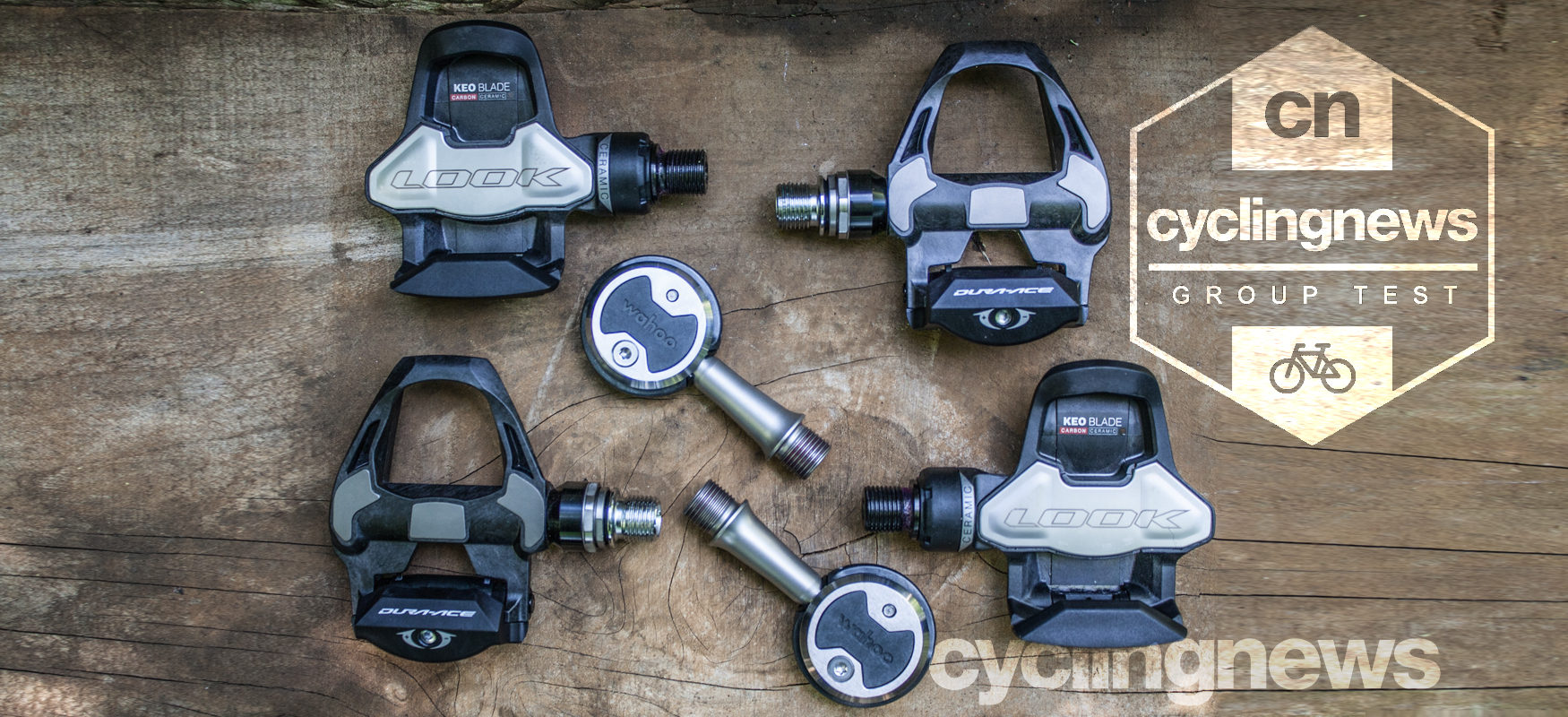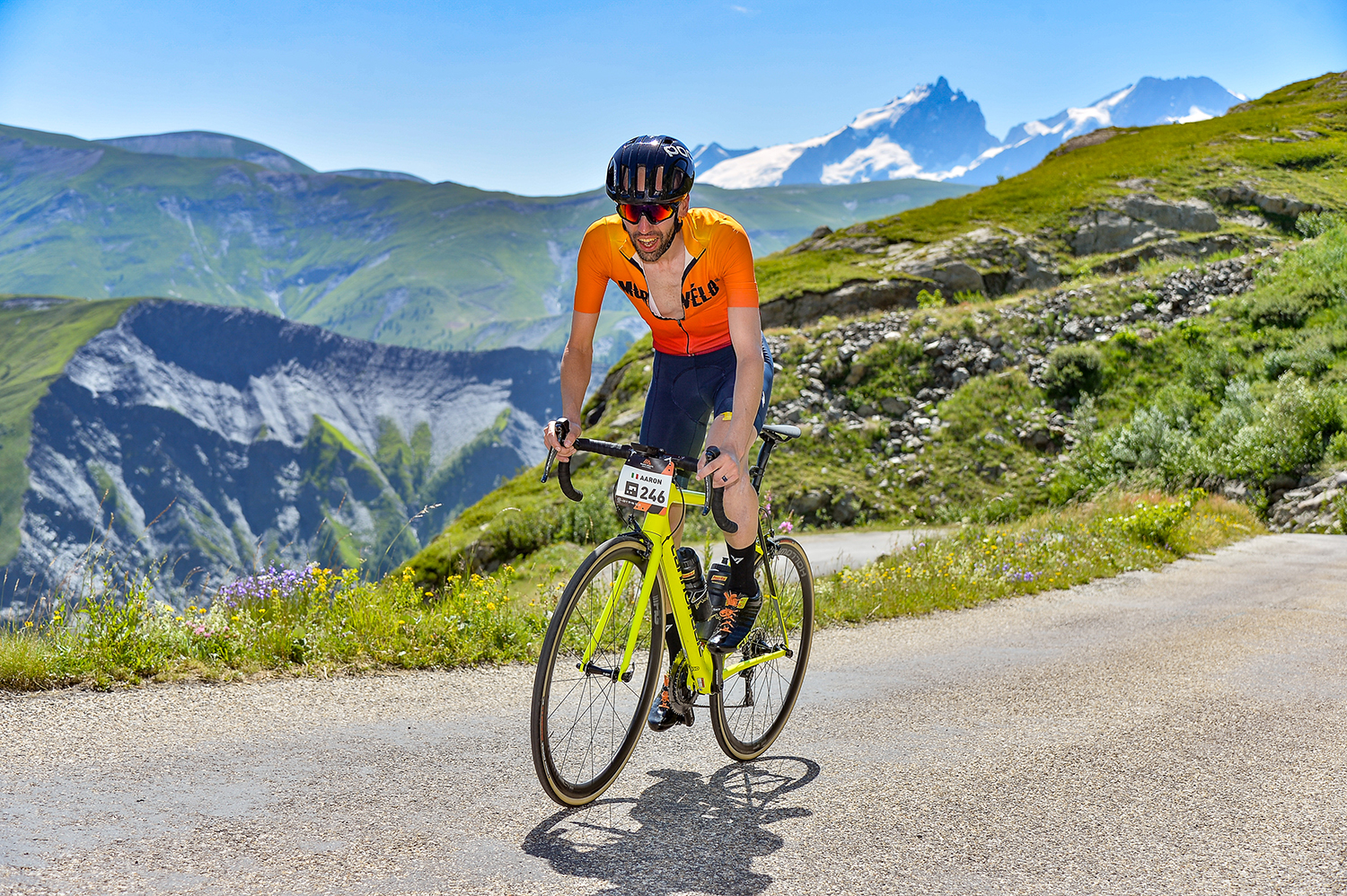You can trust Cyclingnews
Clipless pedals. It's a confusing naming convention, to say the least, but the whole concept represents a rite of passage for all cyclists. Not only does the clipless pedal foster a more efficient pedalling action, but it also provides an added sense of connection or symbiosis between rider and bike. As we've already detailed in our guide to the best road bike pedals, the clipless pedal came about in 1984 when French brand, Look, revolutionised the concept with the PP65 clip-in pedal mechanism. This radical new design rendered the toe-clip/strap interface of the time obsolete, and the clipless pedal was born.

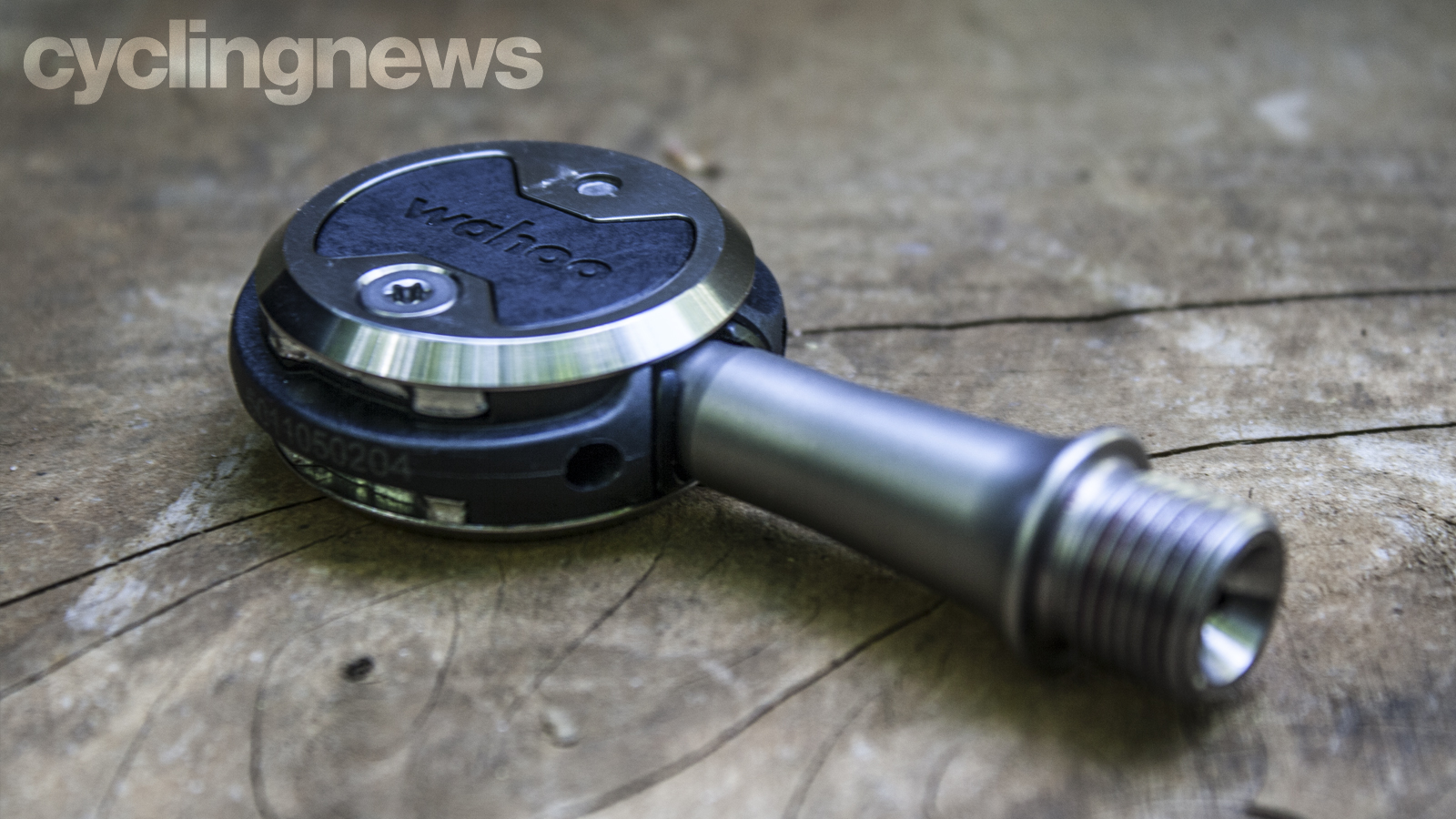
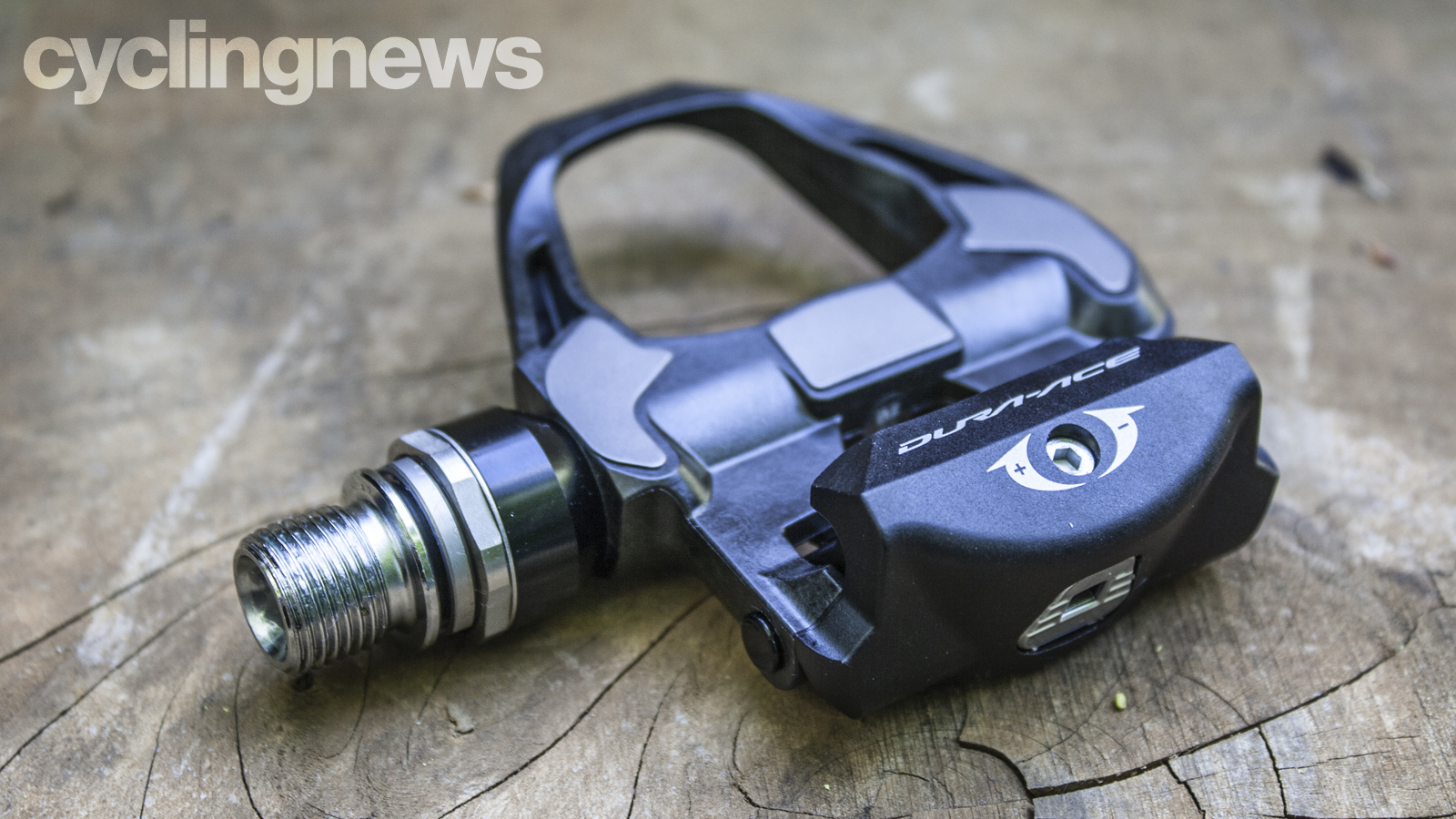
Of all the pedal manufacturers, Look has naturally become the gold standard and one of the most popular pedal systems in the world with a range that comprises options to sate all budgets and performance penchants. It comes as no surprise that Look's main adversary is Shimano. The Japanese component manufacturer designed its own pedal in 1987 - the Dura-Ace 7401 which used a Look-style cleat - in a move to keep brand loyalists under one umbrella. It wasn't until over a decade later that it would develop its own take on the Look cleat system but the blueprint remains largely the same.
Four years later, in 1991, another pedal protagonist arrived on the scene - the American-designed Speedplay pedal (now known as Wahoo Speedplay). Compared to Look and Shimano, the lollipop design philosophy of the Speedplay pedal is easily one of the most recognisable silhouettes in the segment. Unlike its rivals, the retention mechanism resides in the cleat itself and not the pedal. It's a complicated system but the upshot is a high degree of adjustability.
Each of the three road bike pedal options listed above offers various pros and cons but which is the best? Well, we've assembled the range-topping version of each brand - Look's Keo Blade Carbon Ceramic Ti, Shimano's Dura-Ace R9100 Carbon SPD-SL and Wahoo's Speedplay Nano - to find out, once and for all, which pedal brand takes the crown.
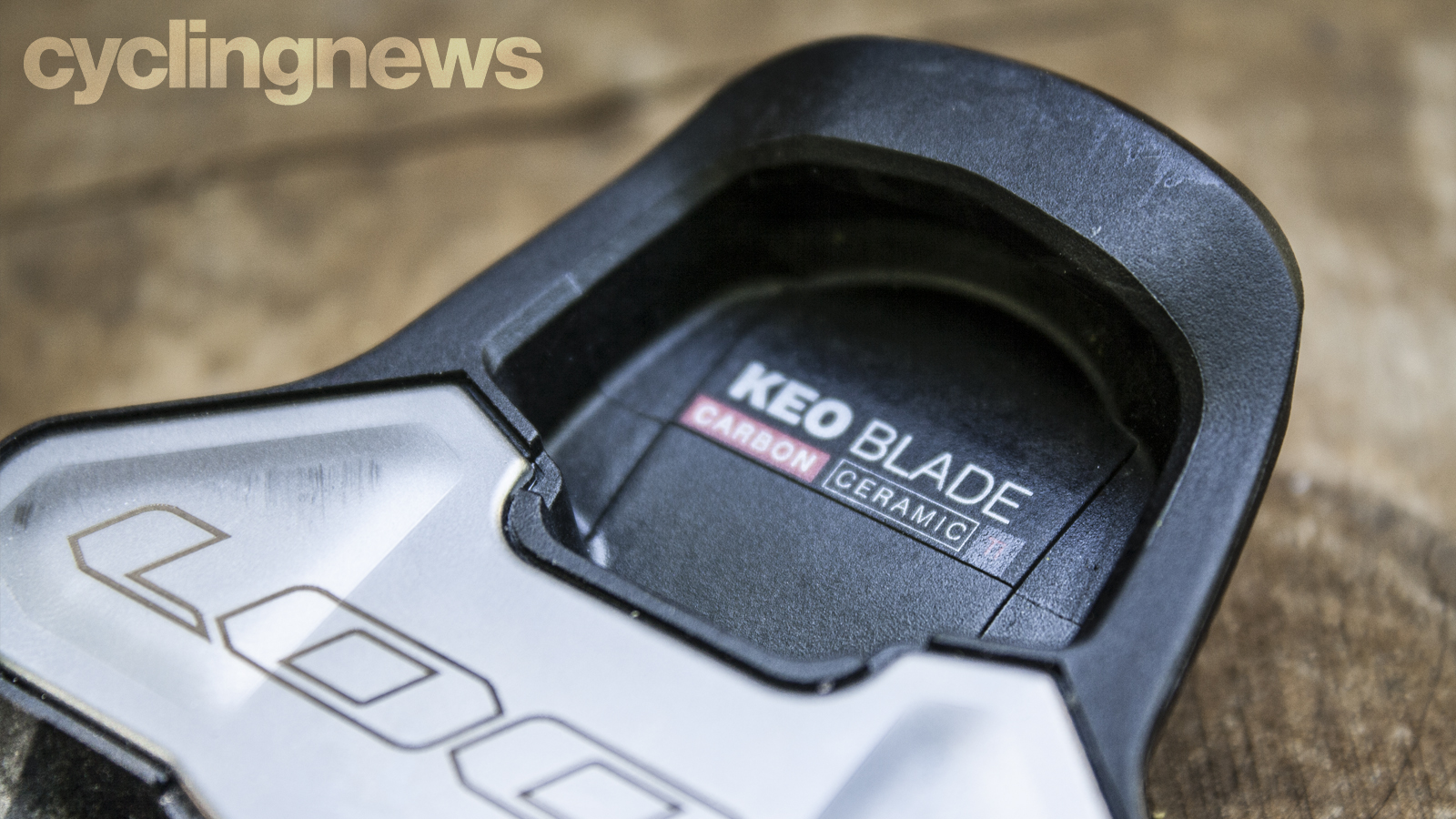
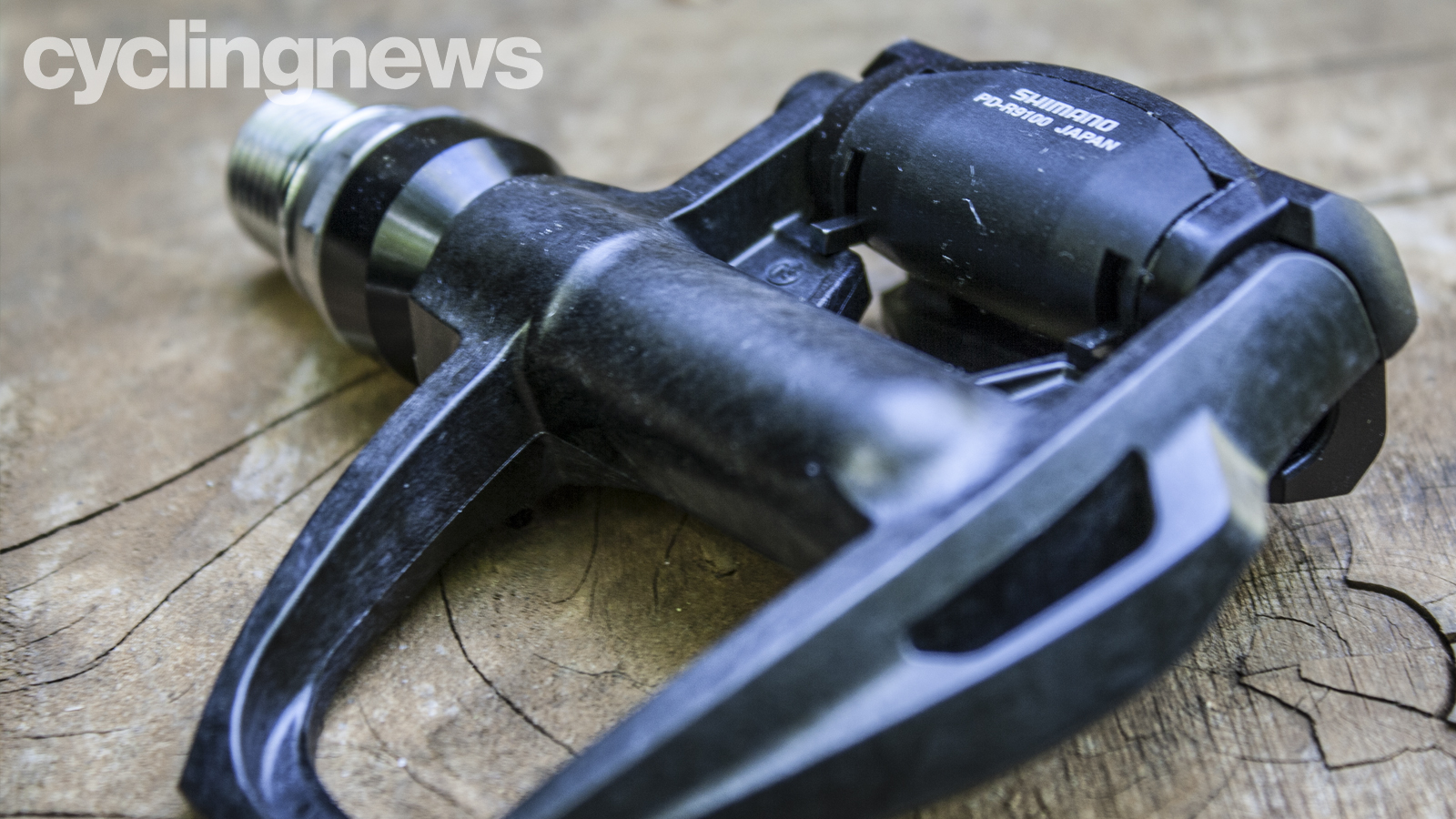
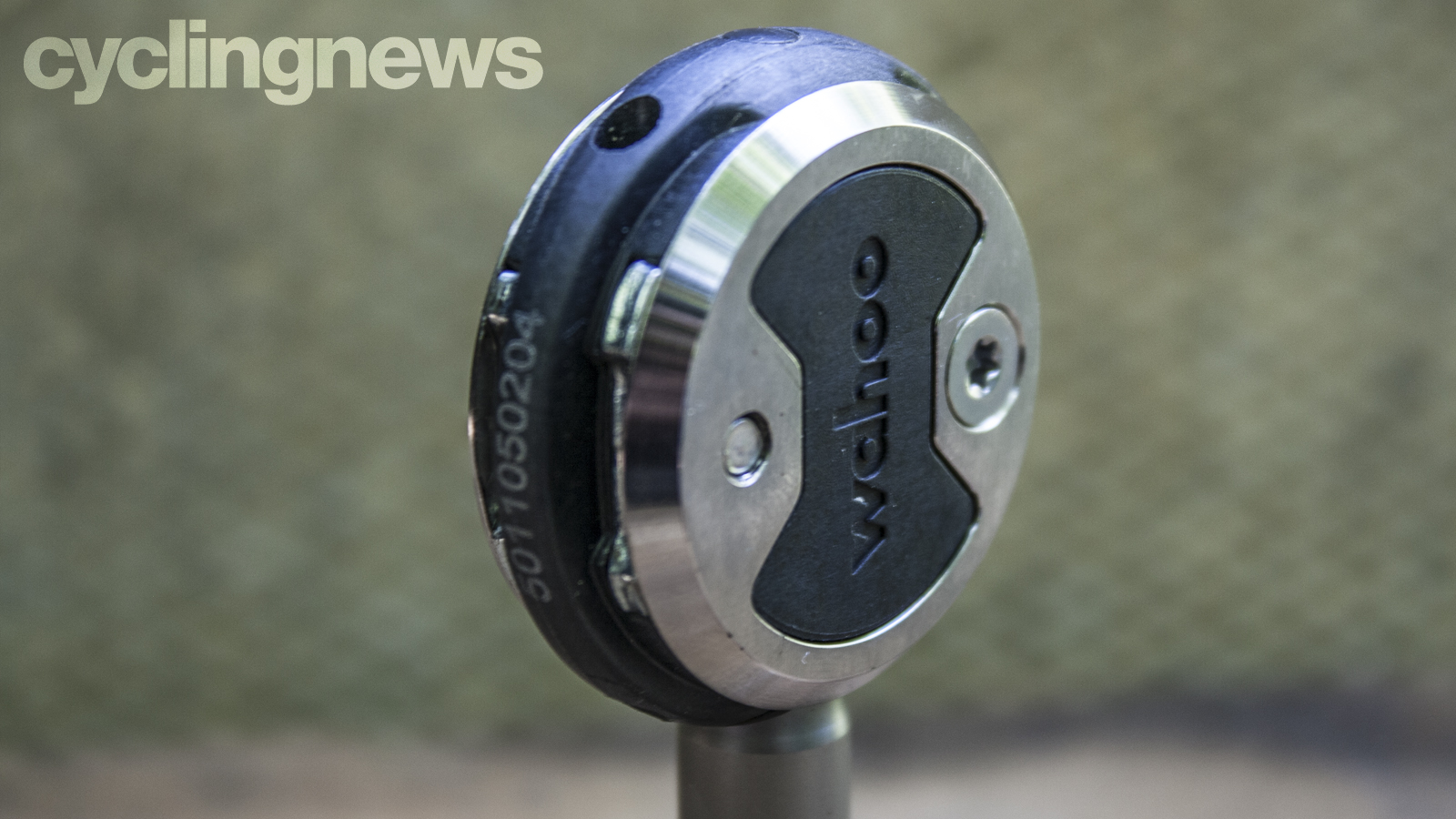
Design and aesthetics
Of the three pedal systems gathered here, the Wahoo Speedplay Nanos are peculiar looking in the traditional sense but the minimalist lollipop-like appearance has endeared it to many cyclists. As Wahoo's flagship model they naturally feature an array of high-end materials to help keep weight to a minimum but this has done little to affect function. Round stainless steel plates bookend a carbon-fibre pedal body that spins on a titanium spindle. These plates are screwed into the body and not only help reduce scuff and pedal wear but also improves clip-in performance, too. A clever touch is a Wahoo-embossed logo - located centrally on each side of the pedal - which serves as a way to tell apart the left from the right pedal.
Look hasn't changed its recipe much in terms of design since the inception of PP65s in 1984 - if anything, the French company has merely improved a winning formula by introducing lightweight materials. The Keo moniker came about as a result of the company's innovative approach to design and engineering and, in 2004, 20 years after the original concept, the Keo pedal was born. The Keo has gone through mild visual tweaks over the years but the model you see here is easily the brand's most impressive pedal to date. Distinguished by way of its bladed facade, the Keo Blade Carbon Ceramic Ti makes use a carbon-fibre body and titanium spindle to help reduce weight. What we like is the standardised look and feel across the board - meaning only those with an eagle eye can differentiate these flagship pedals from their lesser siblings. These details include a silver ceramic wordmark on the spindle and a red Ti logo on the platform recess.
The Shimano SPD-SL concept is very similar to the Look Keo pedal, the most notable difference coming in the form of the slightly larger dimensions and bigger platform surface area. And while the SPD-SLs have garnered a loyal following the one area that these pedals fall short on is visual presence. Compared to the Wahoo Speedpays and Look Keos there's nothing particularly unique - no hallmark features, nothing. In fact, the only element denoting its origin is the Dura-Ace logo on the tension bolt end of the pedal. That said, it's still beautifully designed and the mottled effect of the carbon-fibre body does bestow it with a stealthy look, it just lacks the presence of the other two.
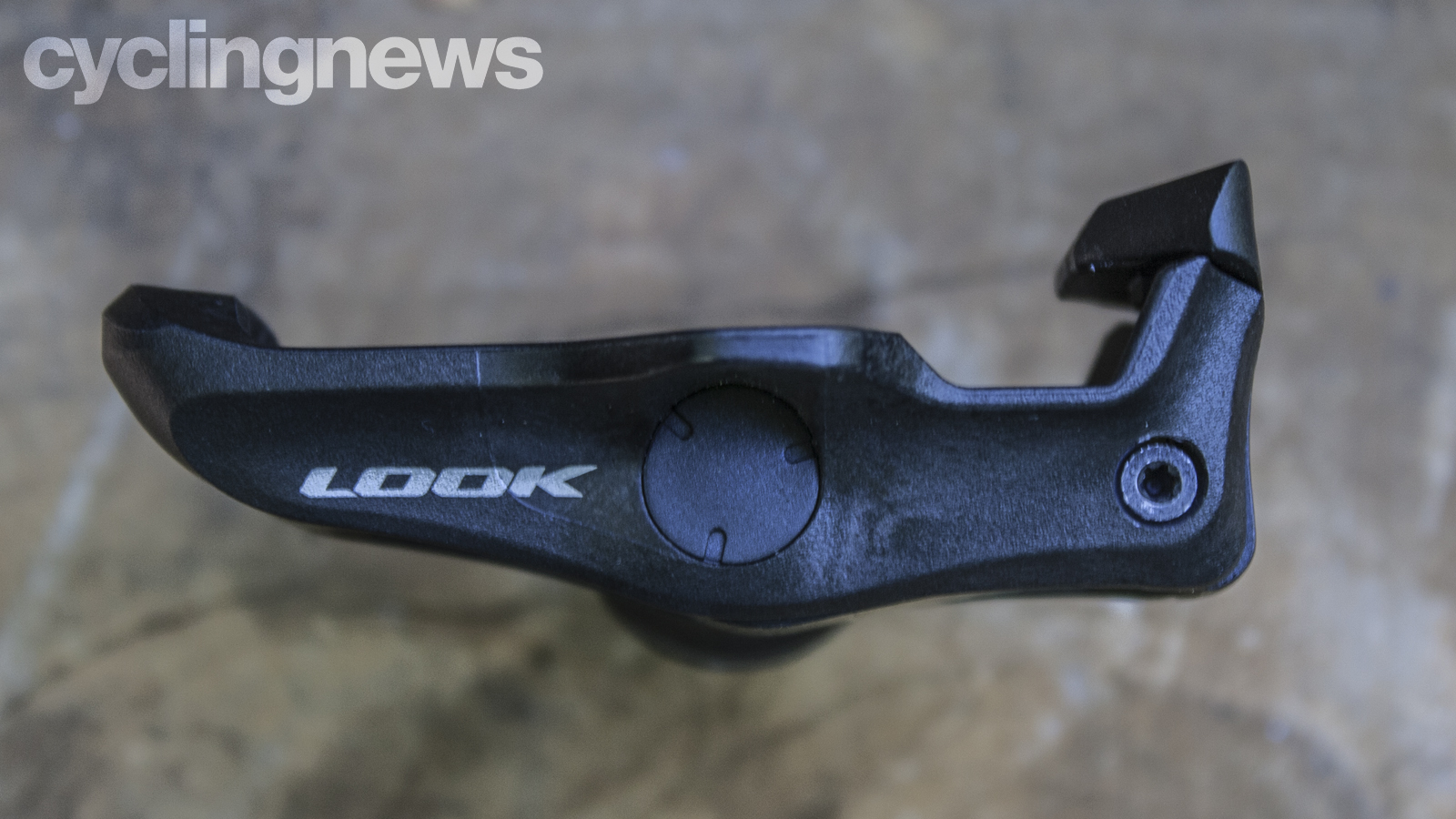
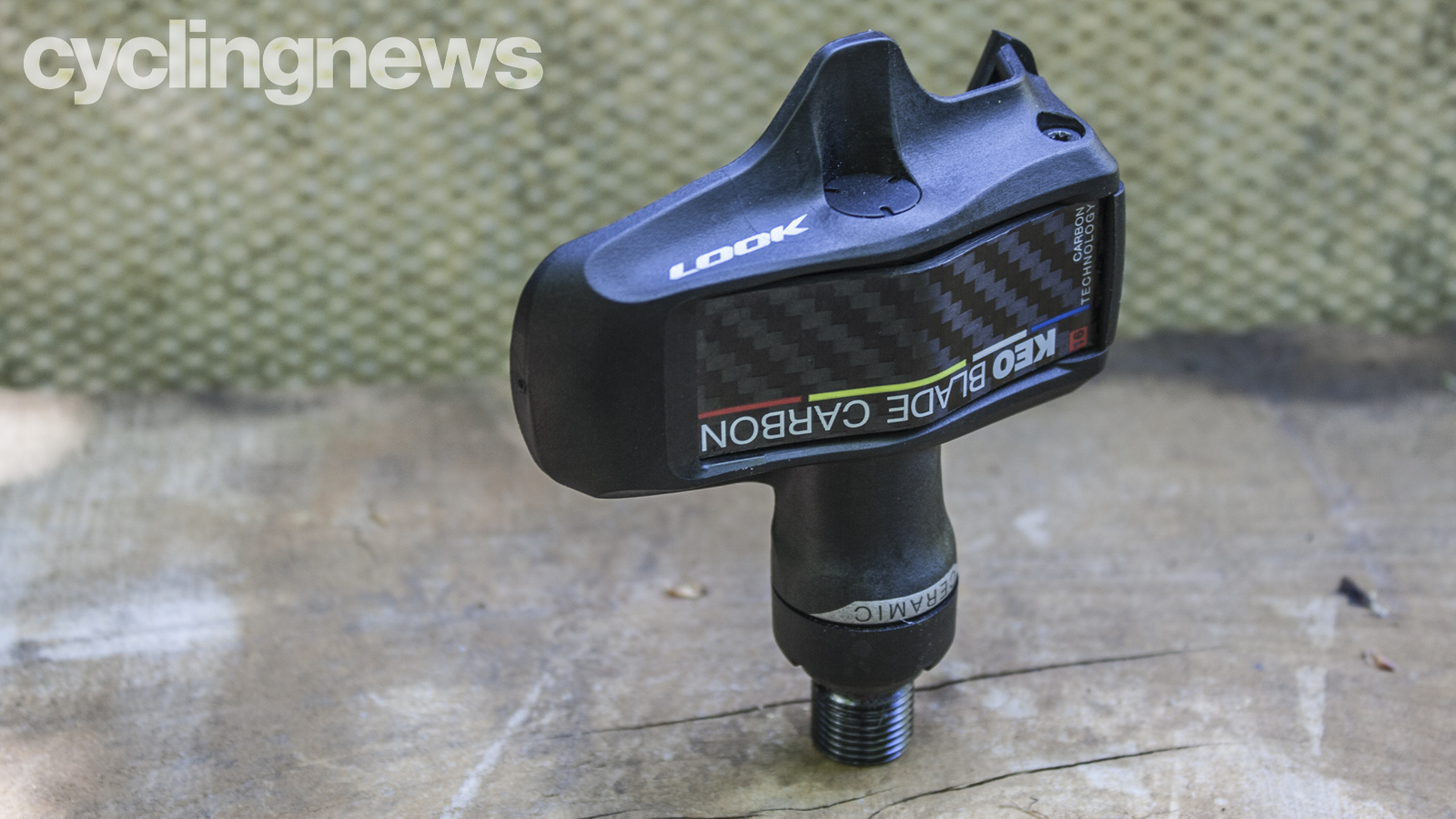
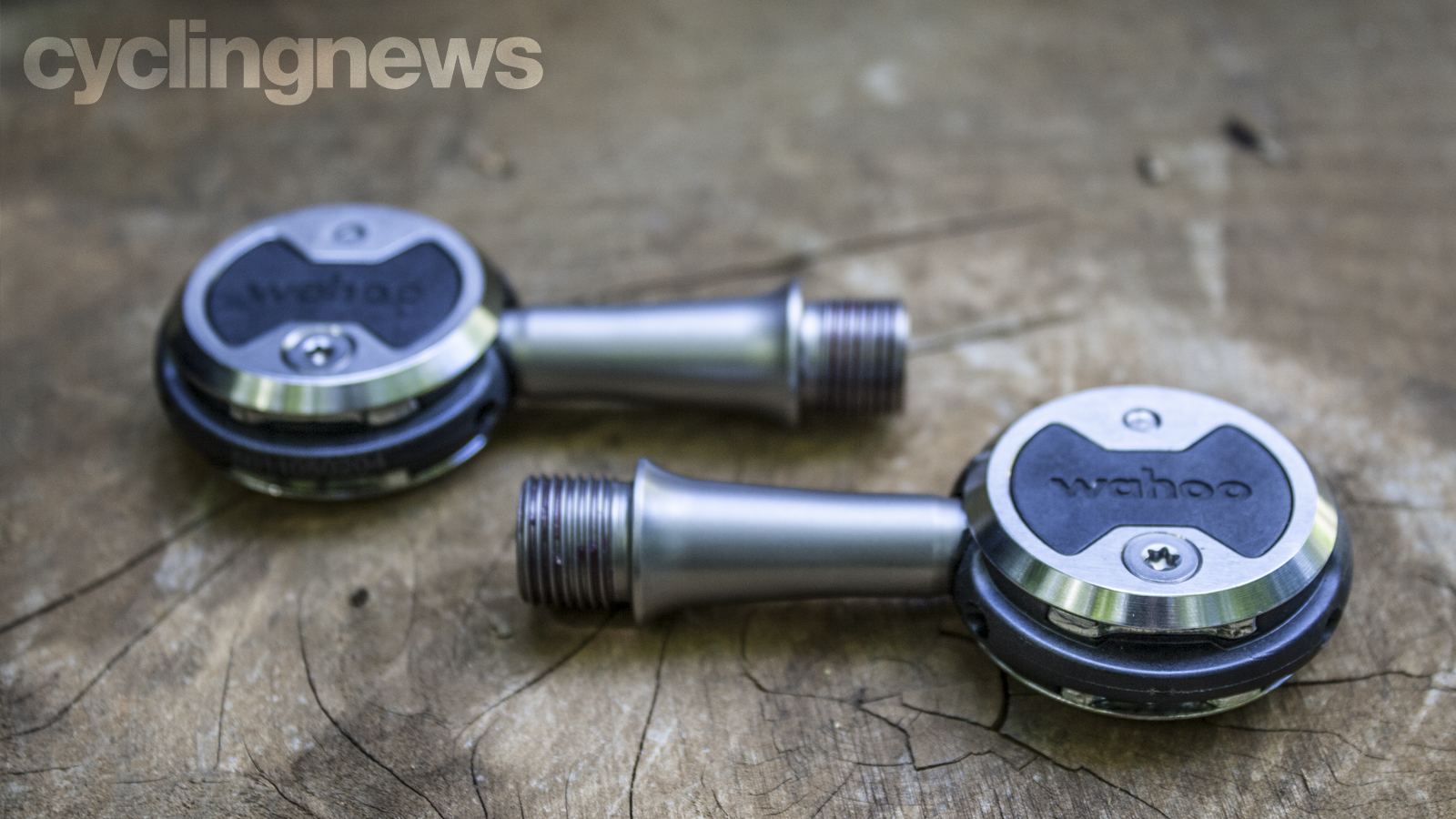

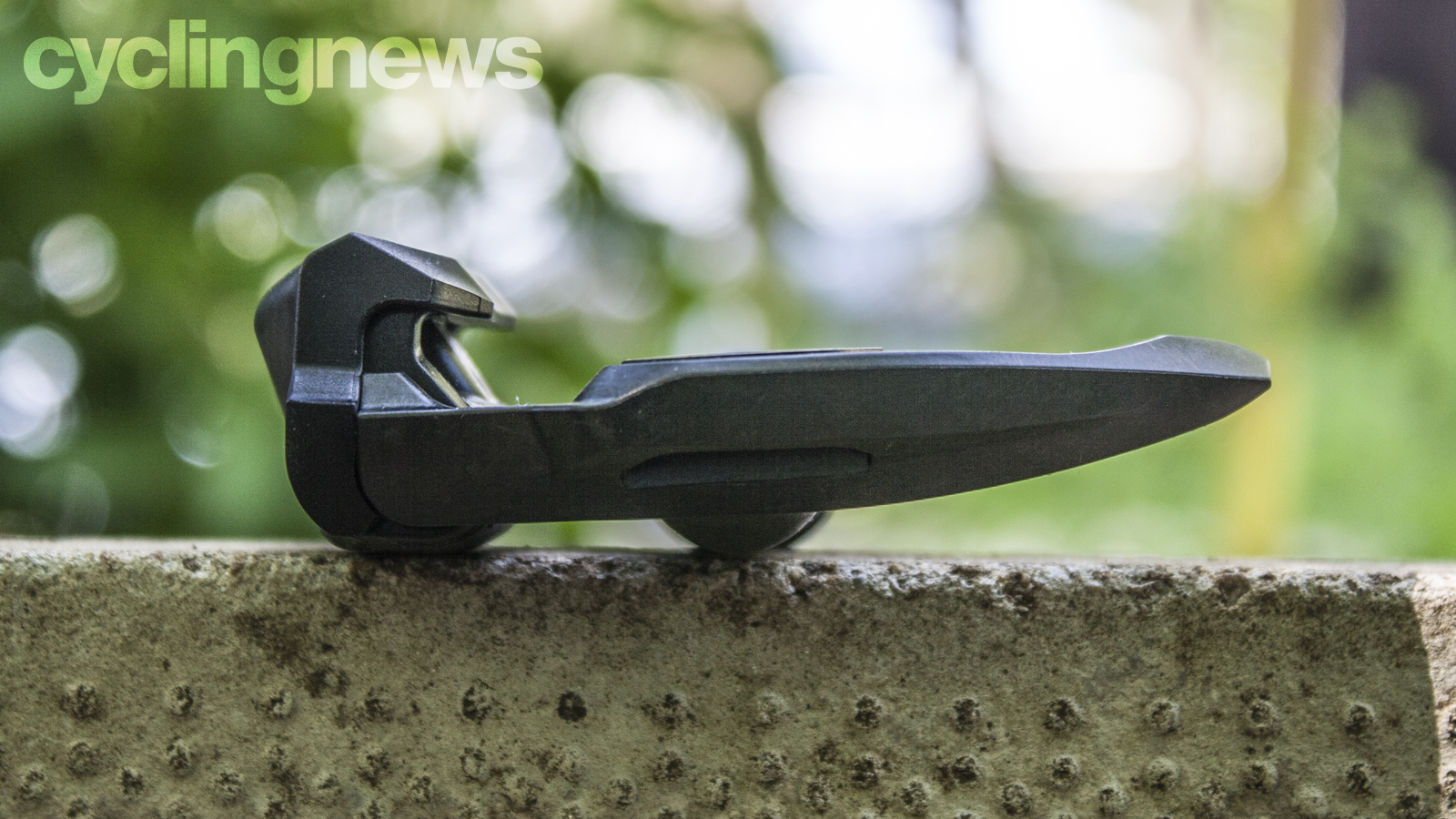
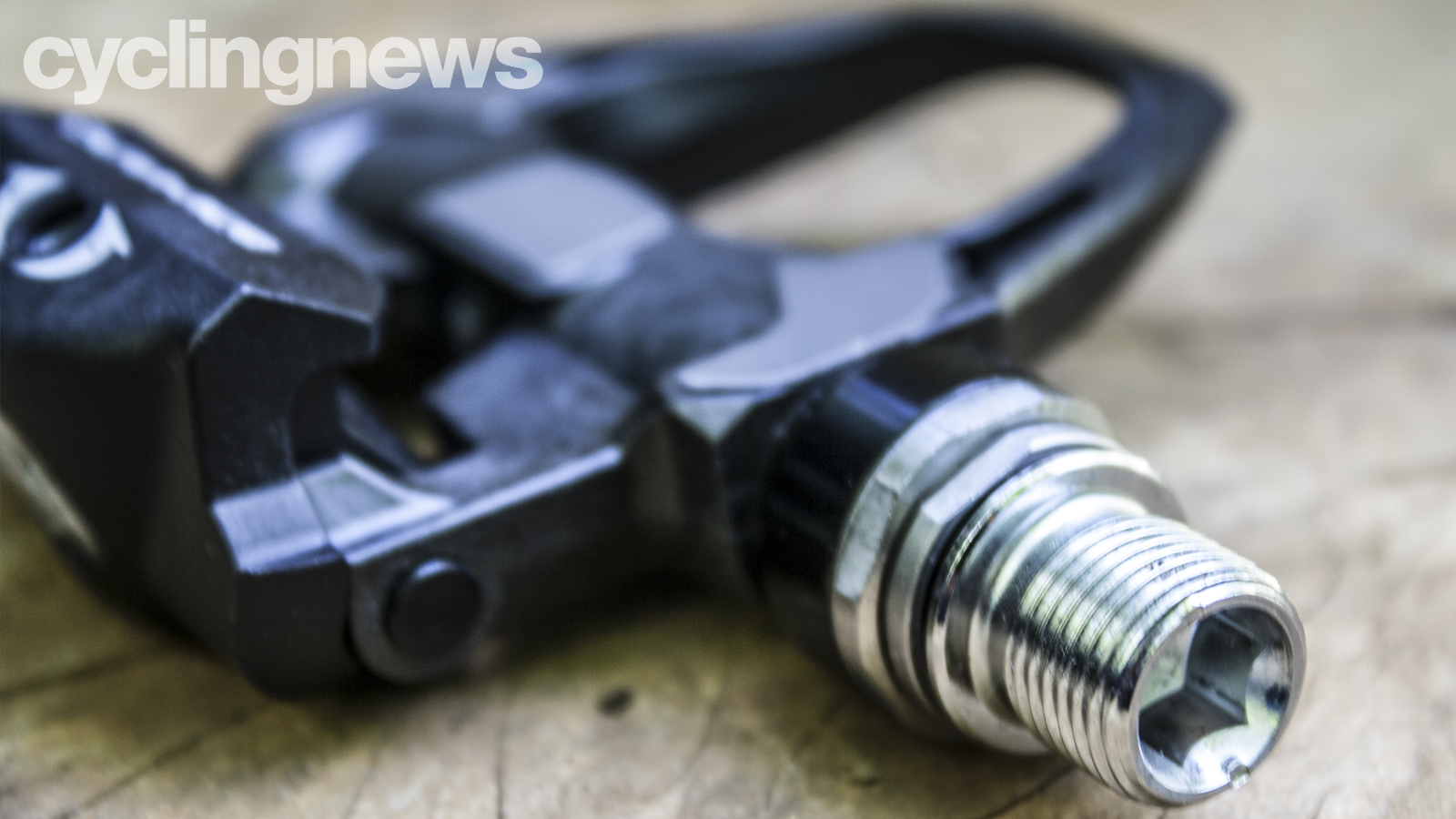
Specifications
As the cycling industry gets more and more obsessed over gram counting it's easy to be distracted by baseline weight numbers. In this context, weight isn't going to affect the way a pedal performs but it is an easy way to trim lard from your bike.
At 234g (117g per pedal), the Shimano Dura-Ace R9100 SPD-SL are the heaviest pedals here and that's partly because they utilise a fairly sizeable platform. They might not be as fancy as the Look Keo Blades and Wahoo Speedplay Nanos - eschewing titanium axles for semi-hollow nickel-based chromoly steel spindles - but they're just as capable. The proven carbon-reinforced composite body gets three in-moulded stainless-steel contact plates to reduce wear and the 13.7mm stack height keeps it competitive and somewhat aero. The three-bearing axle configuration, comprising two ball bearings and a needle bearing, spins smoothly with very little in the way of resistance. As an out-of-the-box pedal option, the R9100 SPD-SL is a refined choice underscored by Shimano's reputation for reliability.
Speaking of reliability, Look's Keo Blade Carbon pedal system can go the distance if looked after and regularly inspected. While some users have complained of premature bearing wear (non-ceramic versions), the ceramic ball bearings employed by this particular Keo Blade pedal are less sensitive to dust and won't corrode. In fact, the bearing system is claimed to last four to six times longer than the steel equivalent. The spindle itself is also waterproof - IPX7- and IPX6-rated - thanks to the clever watertight design of the outer cap and inner nut. In terms of how it performs on the scale, the liberal combination of carbon fibre, titanium and ceramic bearings have culminated in one of the lightest pedal systems on the market - 190g (95 per pedal) to be precise. On the other end of the spectrum, the stack height of 14.8mm is the highest here.
Other than the Titanum MyTi 3D-printed titanium pedals we wrote about last month, the Wahoo Speedplay Nanos are the lightest production pedal currently available. A combination of titanium and carbon-fibre hardware has helped keep weight to an absolute minimum - 170g (85g per pedal). It's worth noting that each cleat weighs 81.5g, which is significantly heavier than Shimano (32g with fastenings) and Look (48g with fastenings). Unlike its rivals from Look and Shimano, the Speedplay Nanos are dual-sided and are the only road pedals on the market that offer this functionality. Looking at the stack height of 11.5mm, the Speedplays possess the lowest profile in the segment - a boon when it comes to lean angles and cornering clearance. As an aside, it worth noting that saddle height might need to be lowered as a result. Through the use of Computational Fluid Dynamics (CFD) testing protocols, the lower profile is claimed to save 22 seconds on a 40km time trial at 40km/h when compared to the Look Keo Carbon Blade.
- Best cycling shoes: stylish, stiff and comfortable shoes for cyclists
- Object of Desire: SRM X-Power power meter pedals
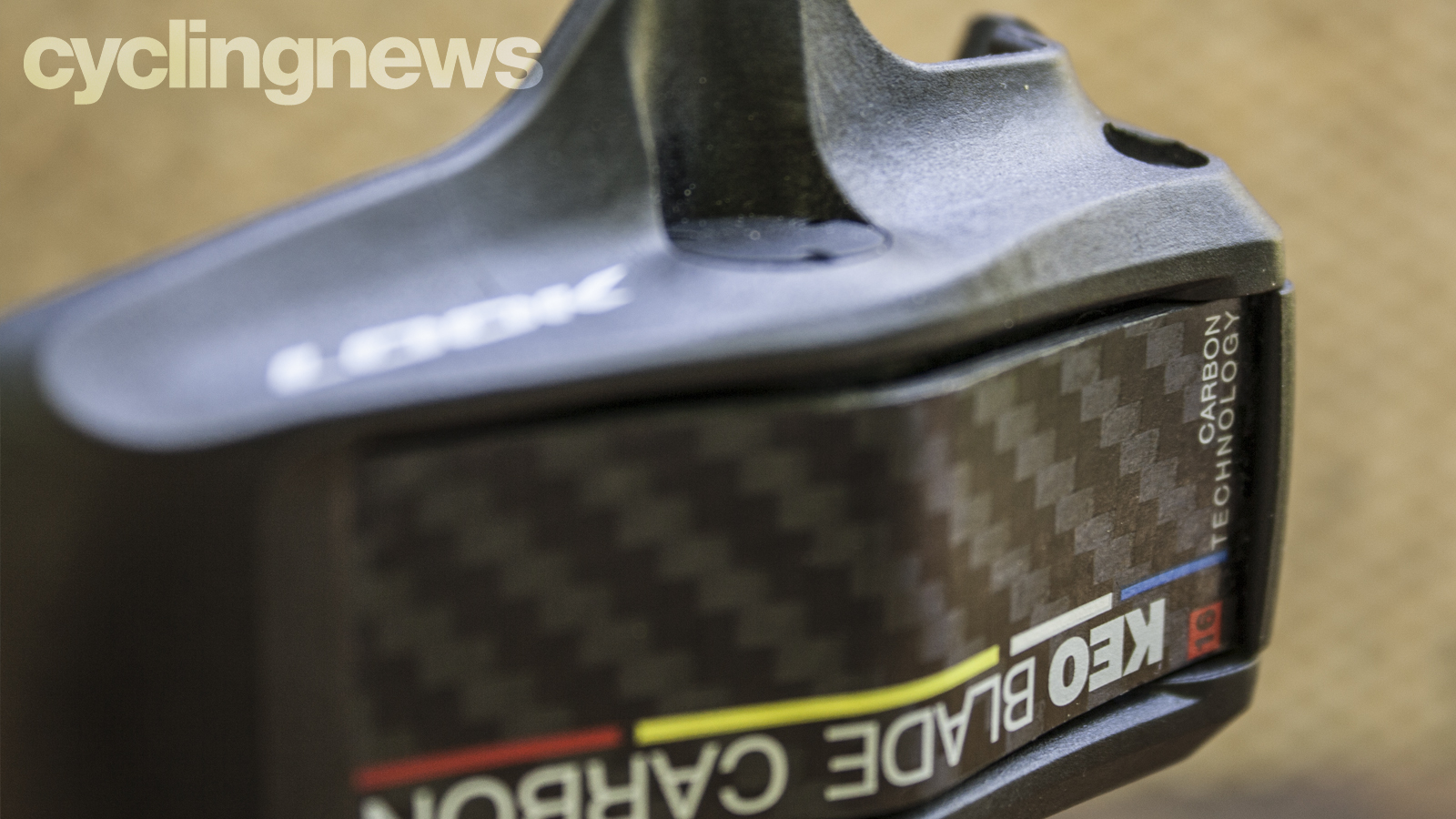
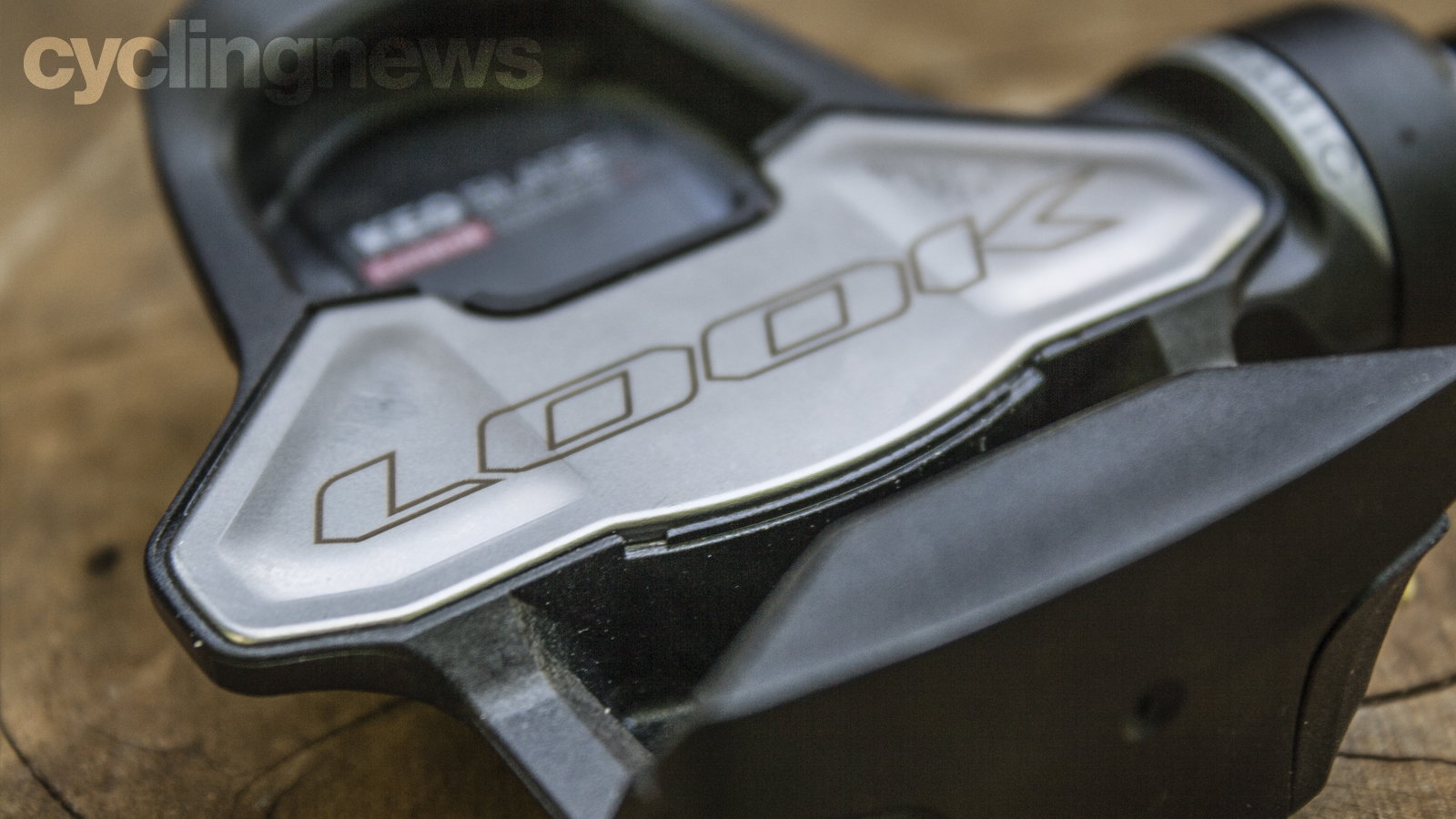
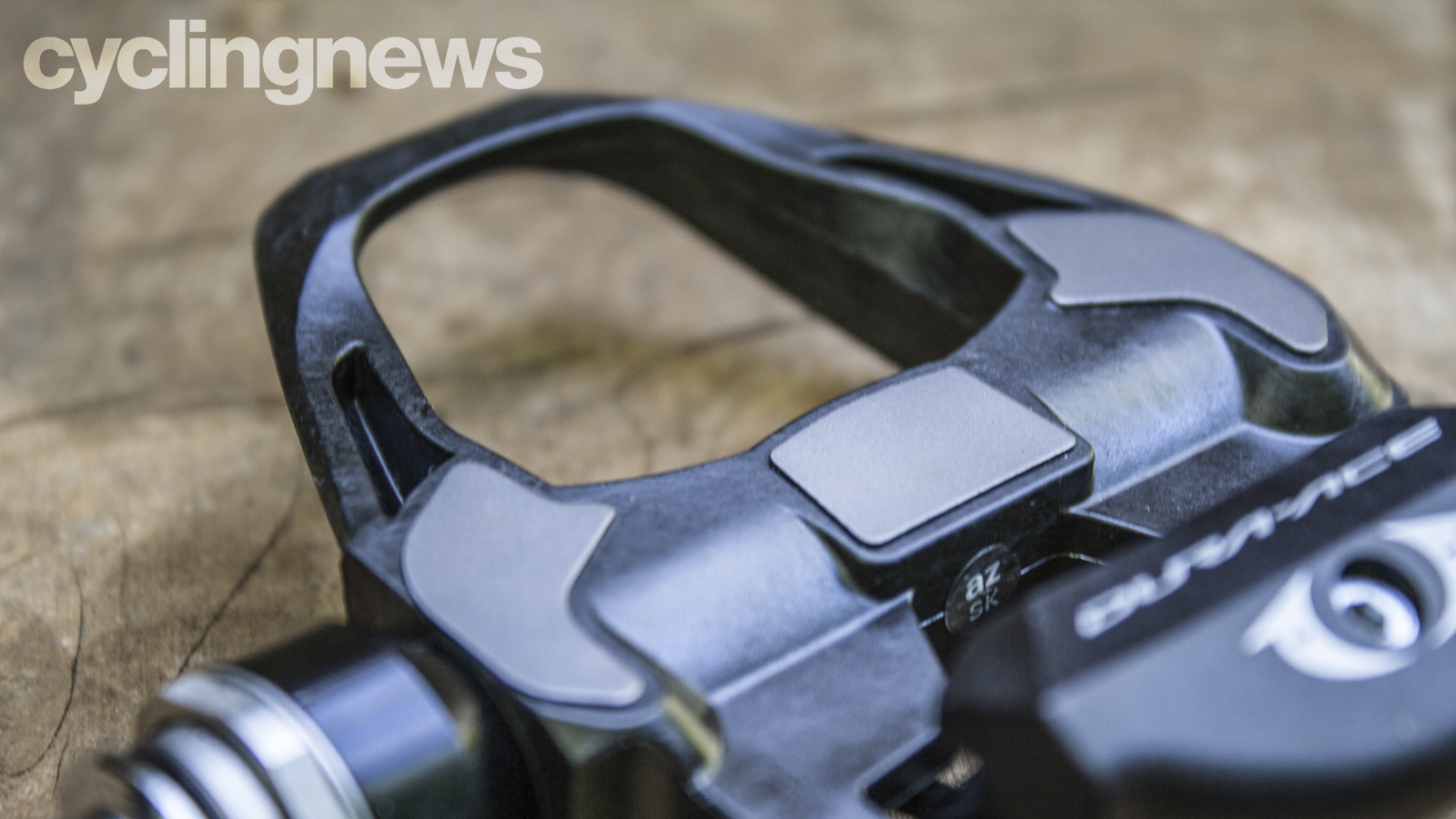
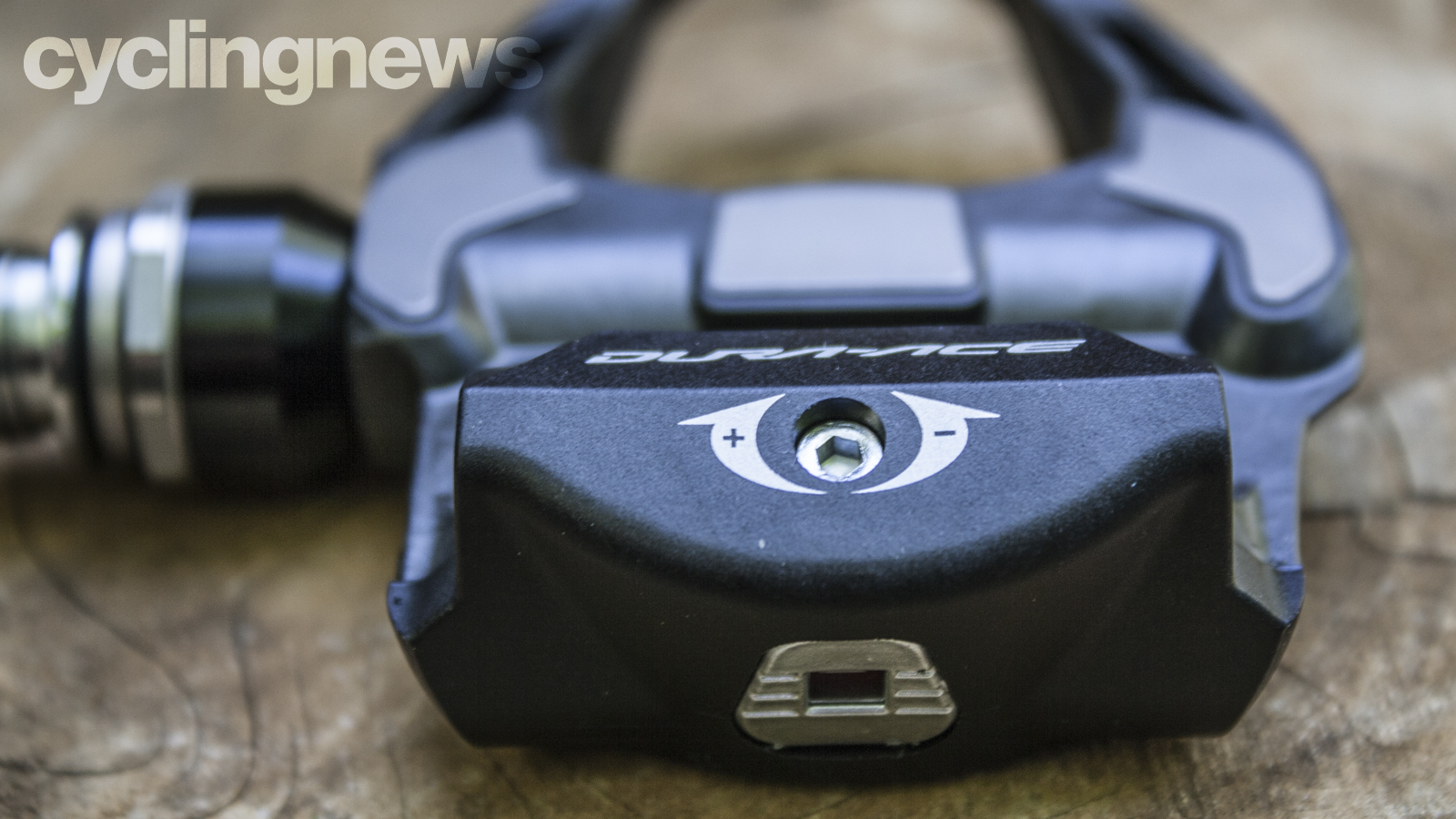
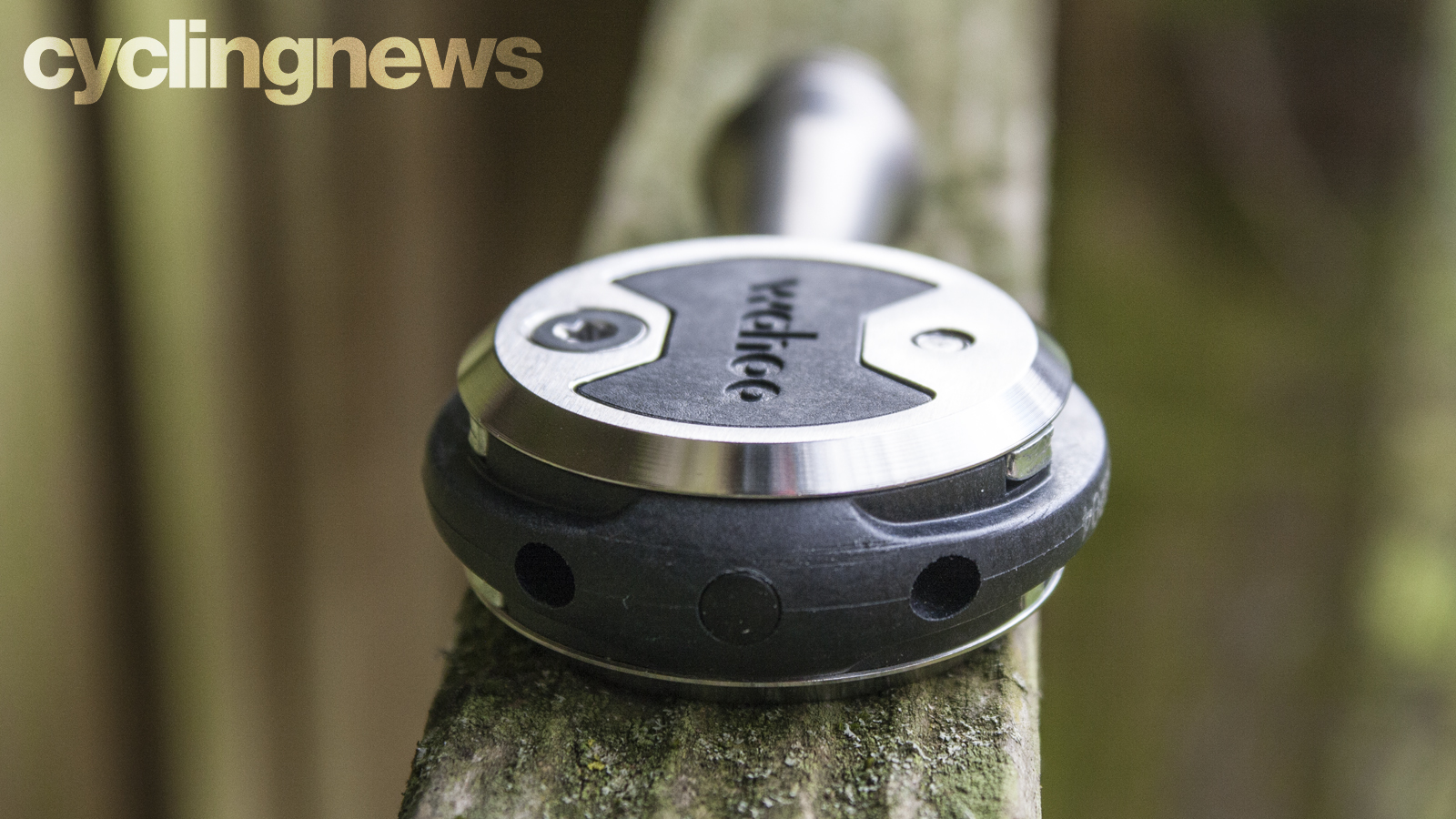
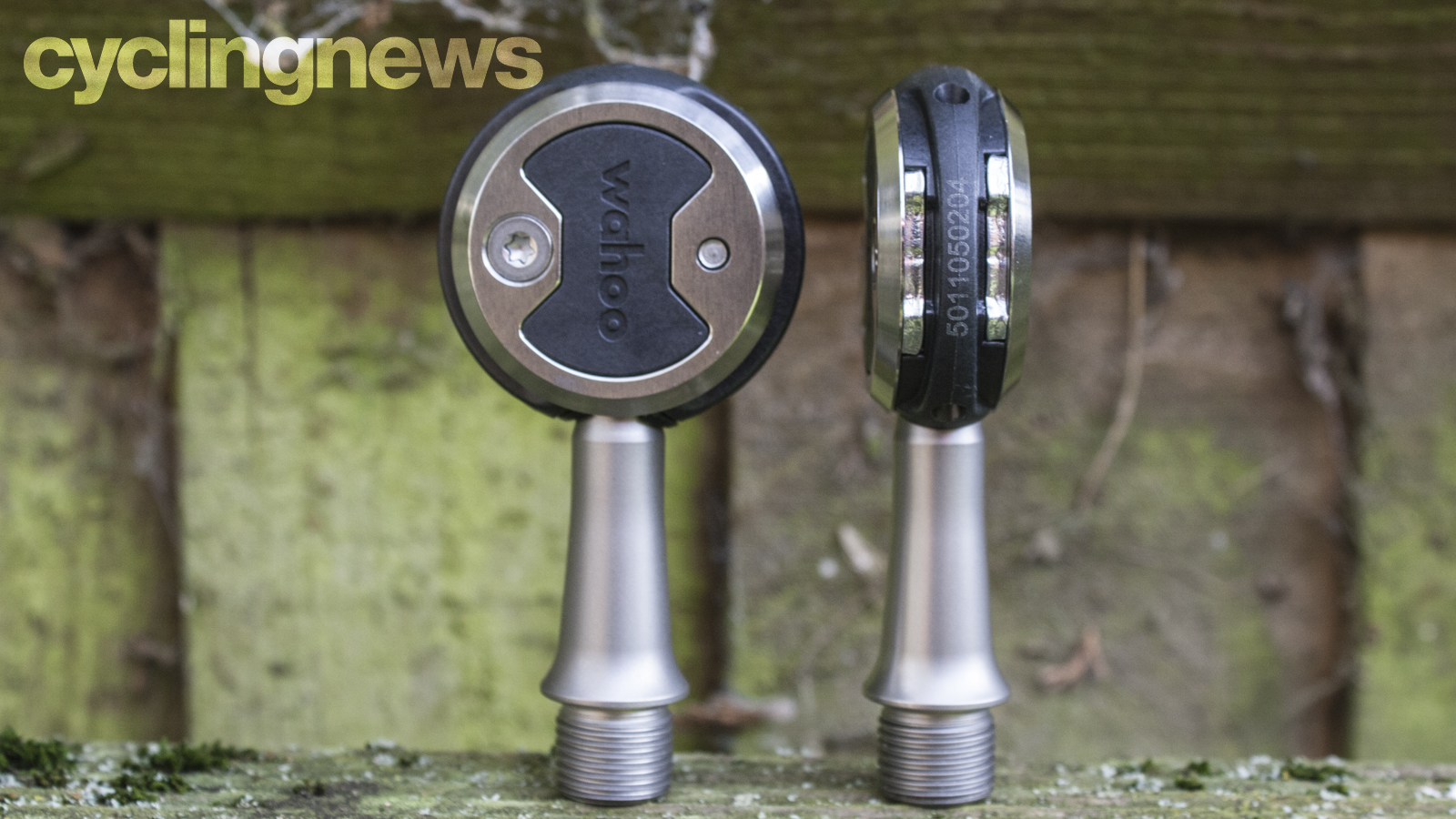
Performance
Unlike traditional systems, the retention mechanism of the Wahoo Speedplay Nanos resides in the cleat itself and not the pedal, and attaches to the sole with four bolts (they're compatible with three-bolt systems). An adaptor base plate and shim inserts help ensure the best fit for your shoe's sole but there's a lot of fiddling needed to get things just right. That said, once you're sorted there's a lot to like here - especially the rubberised walkable cleat cover. When it comes to dialling in ergonomics, the three-axis adjustability of the cleat system - fore-aft, rotational free float and side-to-side - is class-leading. This broad range of cleat adjustability means riders with knee and bike-setup problems can carry out small tweaks to improve pedalling efficacy. Clipping in and out is very much the same as its rivals from France and Japan but the standout with the Speedplay system is the ability to tailor the float (there is up to 15-degrees available).
There's nothing too complicated going on with the Look Keo Blade and Shimano SPD-SL pedals and that's why they are such popular systems. Pedal operation is similar - the tension range on the SPD-SLs are fairly wide and easier to adjust than the carbon leaf spring system on the Keo Blades. Look does offer three different release tensions which can be implemented by swapping out the carbon leaf spring - 16Nm is standard on the Carbon Ceramic Ti model (12Nm leaf springs are included in the box).
In terms of cleat options, Shimano offers three colour-coded variations - red (no float), yellow (6-degree float) and the standard blue cleat (2-degrees). They can be a little harder to organise on the sole of the shoe as they have a tendency to slip and slide as you fasten them into place but that's nitpicking more than anything else. The wider cleats supply a greater platform from which to pedal (and walk for that matter) but do have a propensity to wear quickly, which can create lateral play in the pedal system over time.
Look's cleats are also prone to scuffs and wear out easily if you're not careful. Like Shimano, Look cleats are available in three options that are colour-coded according to their float: black (no float), red (9-degrees), and the standard grey cleat (4.5-degrees). I've personally found that cleats with a range of 2-5 degrees provide enough float to prevent injury and promote a more natural pedalling action. That said, Look's cleats can be adjusted - both laterally and longitudinally - by a respective 4- and 12mm, roughly the same as Shimano's 5- and 11mm adjustment scope.
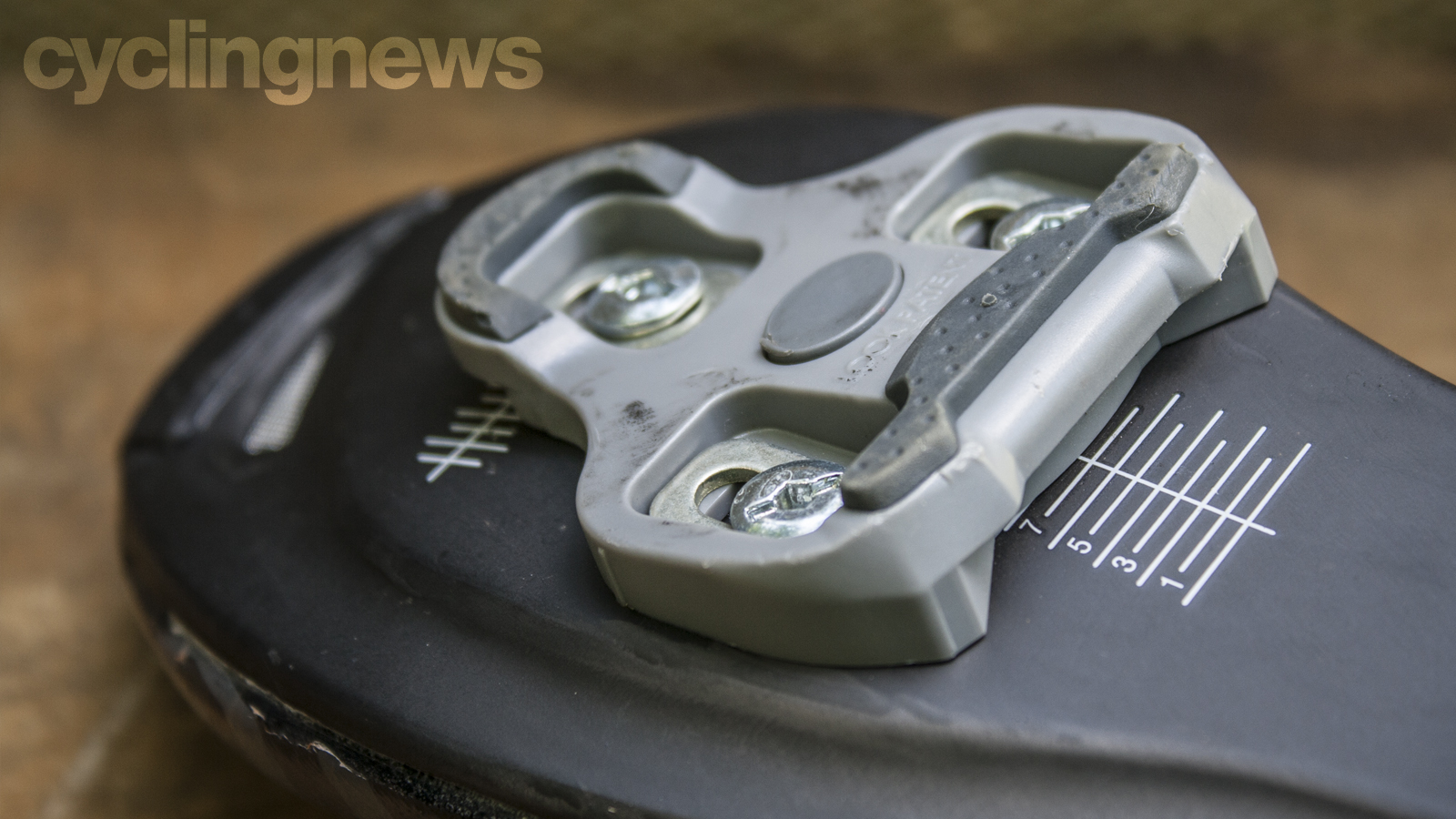
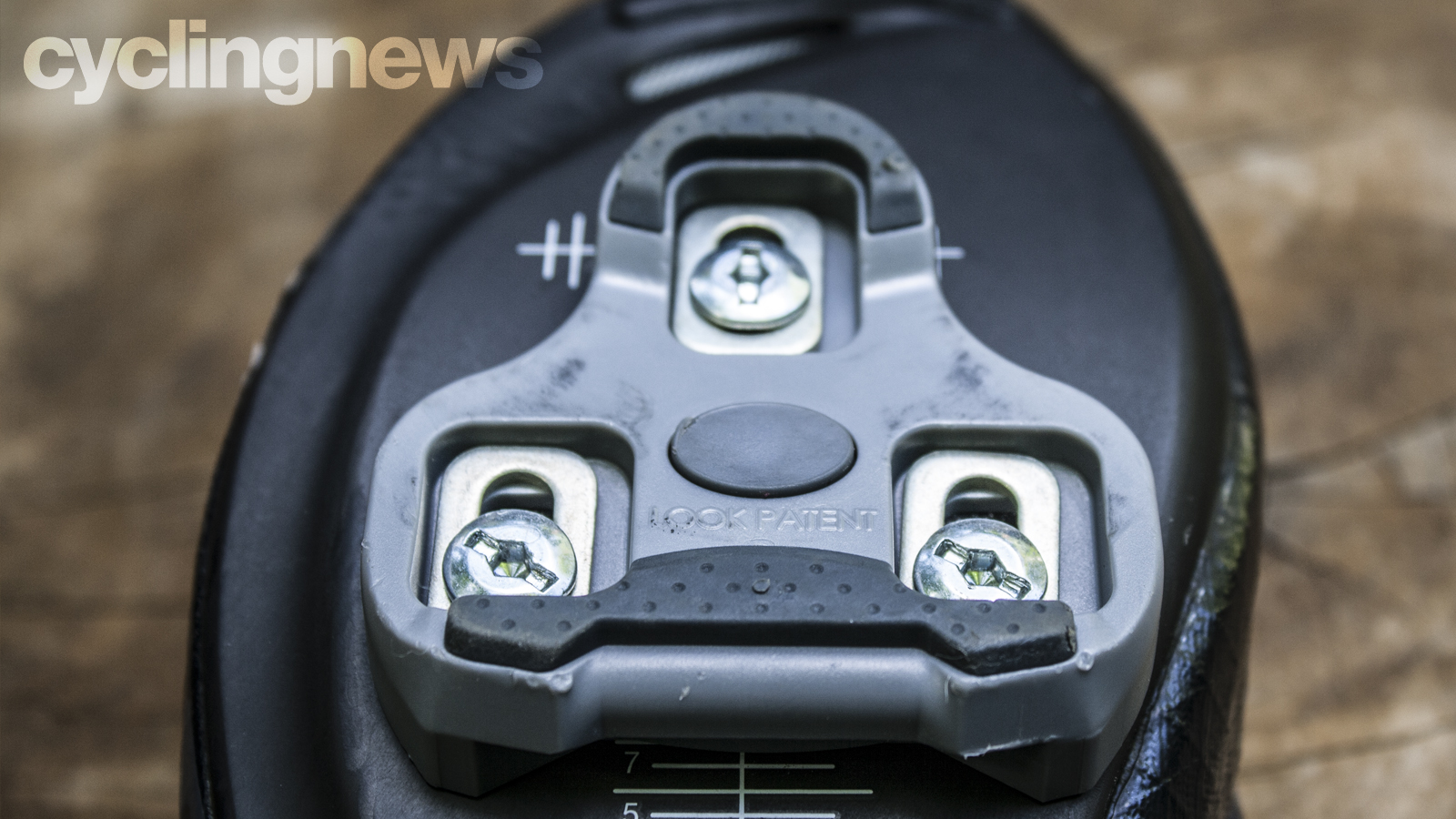
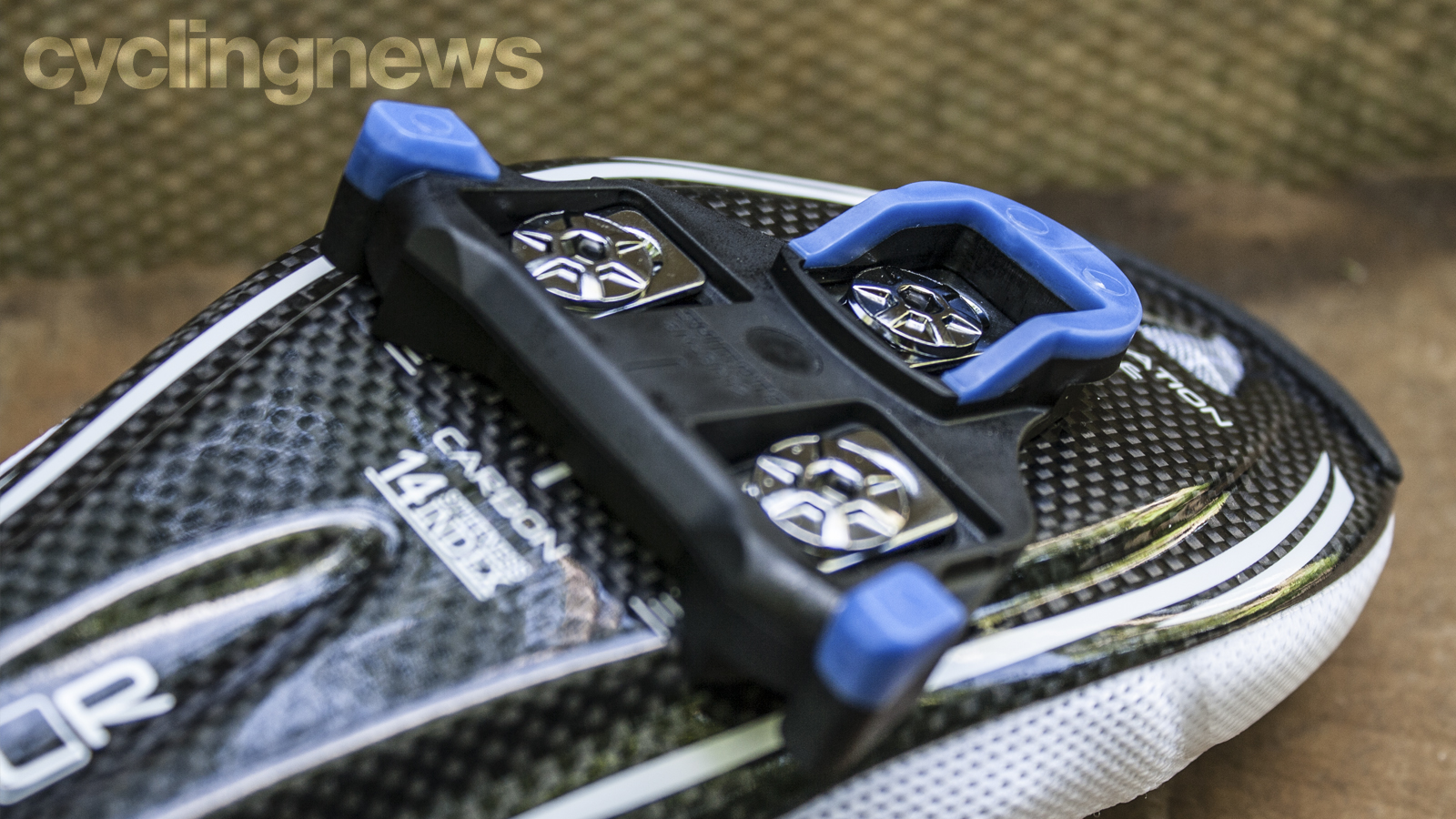
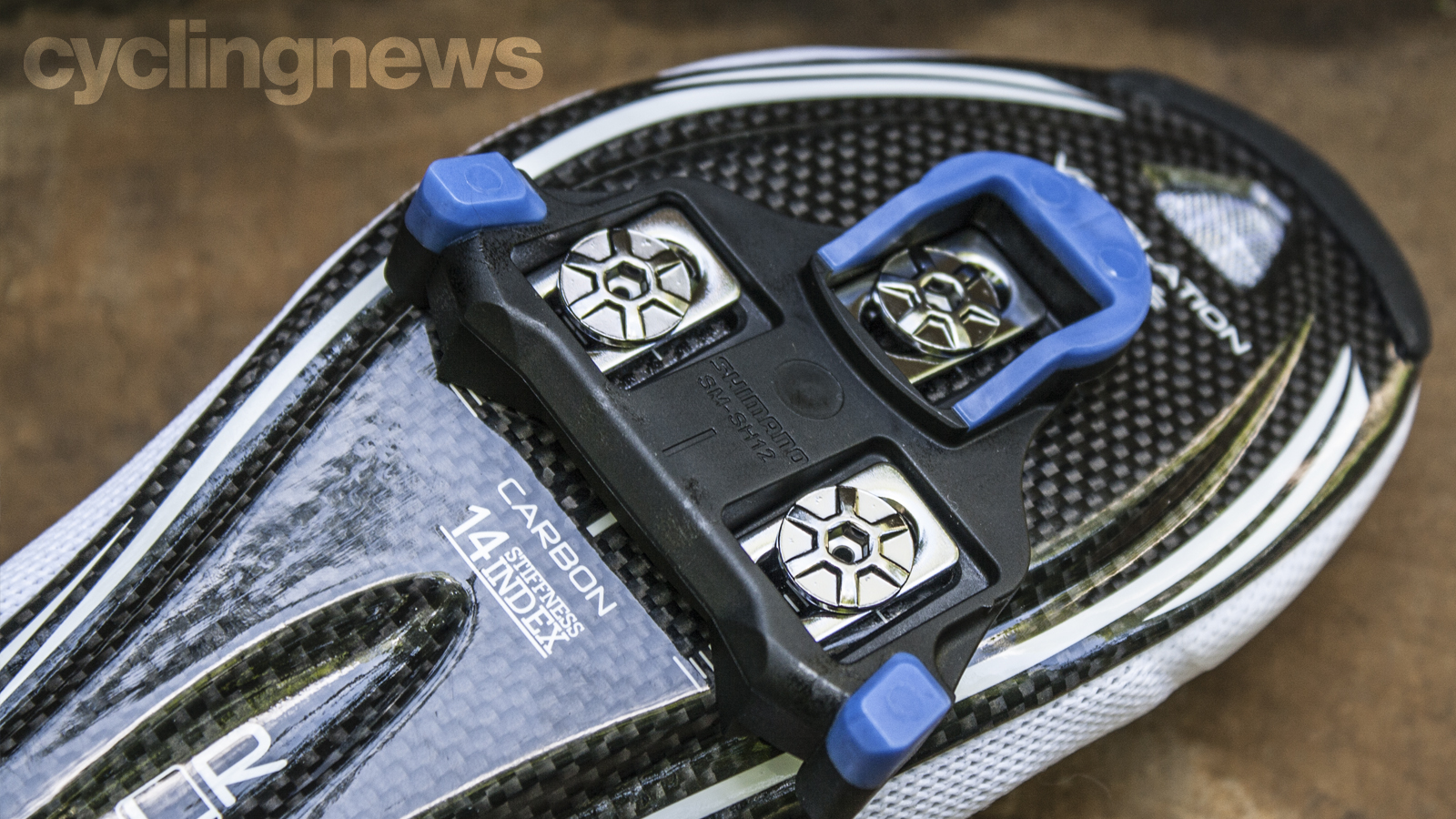
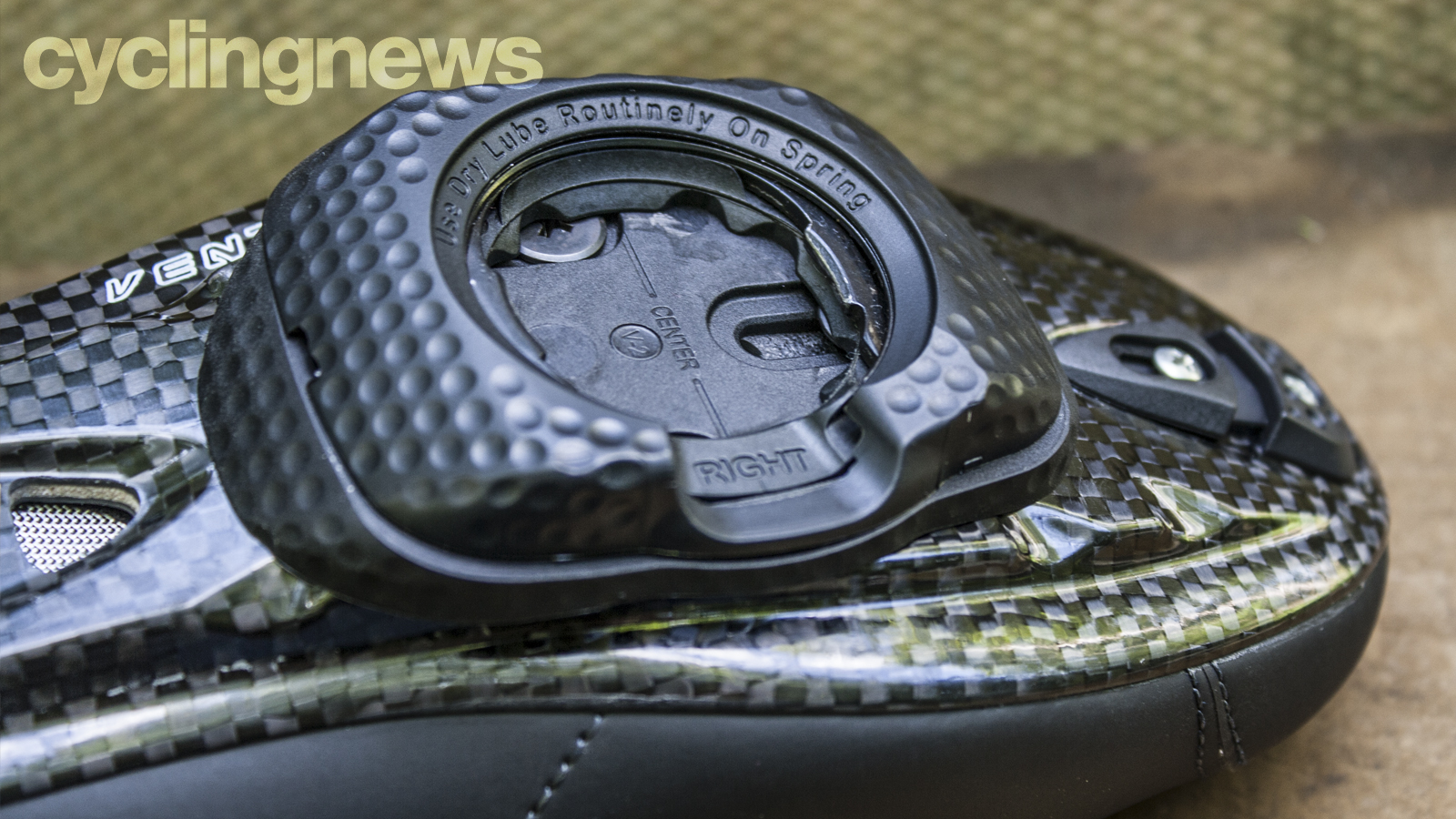
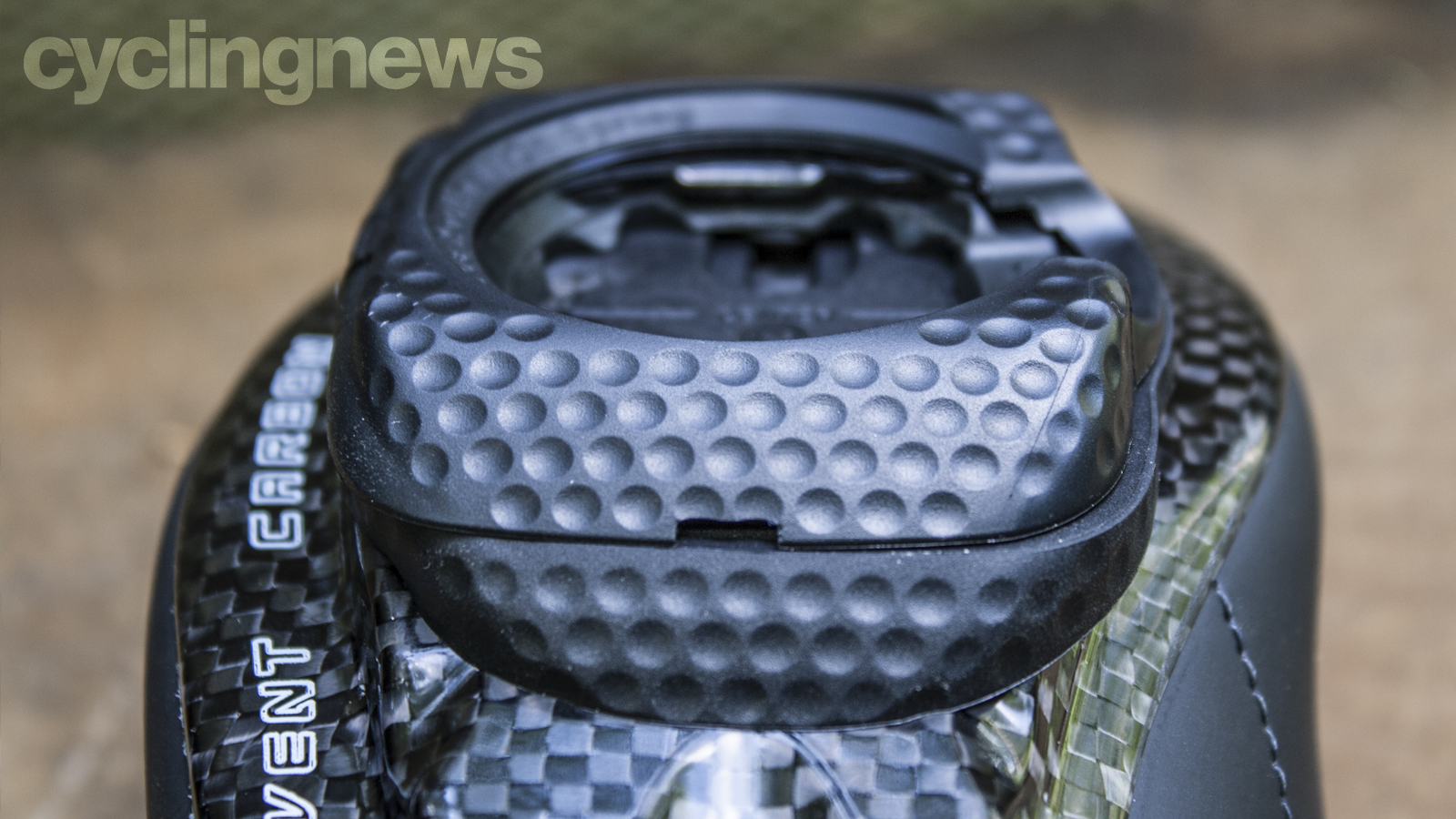
Verdict
How do you pick a winner in such esteemed company? It's a tough call as all three options gathered here represent the zenith of each brand. It's also worth considering that each pedal forms part of a model range with cheaper, more affordable options that are just as good if not a fraction heavier than their flagship siblings. Let's just start by mentioning none of the pedals here are without fault and user experience will differ from rider to rider as application, weather and pedal care will have a direct effect on how they perform in the long term.
Wahoo's Speedplay Nano pedals are the lightest pedal here and boast the lowest stack height of the lot - but does that make them the best? They're also dual-sided which will appeal to cyclists of all disciplines and abilities but the complicated nature of the cleat assembly lets it down - especially for those who are new to cycling or are more au fait with the traditional cleat setup. Yes, the cleat system offers excellent levels of adjustability and will operate at a similar level as Look and Shimano - once set up - but this will involve a lot of back and forth and more tweaking than its rivals.
The Shimano Dura-Ace SPD-SLs are as impressive as the Keos but they're a substantially heavier system, despite the carbon-fibre structure. The platform offers greater real estate than its rivals and the retention system is crisp and secure. The cleats tend to get butchered quite easily which can negatively impact clipping in and out - but most of the time it's merely a cosmetic issue. What lets the Shimano pedals down is the lack of visual drama. Apart from the Dura-Ace logo on the tension bolt end of the pedal, the pedal is almost generic appearance.
In terms of functionality, the Look Keo Blade is the best option here. Setup is easy and the whole experience is an intuitive and pain-free exercise - it's a case of set and forget. If there's one area of concern it's cleat wear and walkability. Look does, however, supply a cleat option with traction pads - called Keo Grip - which provides better traction and cleat longevity. As an all round option, the Look Keo Blade concept ticks all the boxes for pedal proficiency - they're light, easy to set up, look fantastic and come with a lineage that started the clipless pedal revolution.
Despite the lofty price, the Look Keo Blade Carbon Ceramic Ti gets my vote. It's pricier than the Shimano equivalent but substantially cheaper than Wahoo's Speedplay Nanos. Besides, if price is a concern you can always look at the lesser Keo Blade Carbon Ceramic or Keo Blade Carbon - both of which do everything their pricier sibling does save for a few grams and trick innards.
Tech Specs:
Look Keo Blade Carbon Ceramic Ti pedals
- Price: $375 / £290
- Weight: 190g (95 per pedal)
- Cleat weight: 42g per cleat (bolts included)
- Pedal body: Carbon fibre
- Spindle: Titanium
- Stack height: 14.8mm
- Bearing: Ceramic
- Functionality: Single-sided
Wahoo Speedplay Nano pedals
- Price: $449.99 / £379.99
- Weight: 170g (85g per pedal)
- Cleat weight: 81.5g per cleat
- Pedal body: Carbon fibre
- Spindle: Titanium
- Stack height: 11.5mm
- Bearing: Cartridge and needle
- Functionality: Dual-sided
Shimano Dura-Ace R9100 SPD-SL pedals
- Price: $280 / £234.99
- Weight: 234g (117g per pedal)
- Cleat weight: 32g per cleat (bolts included)
- Pedal body: Carbon fibre
- Spindle: Steel
- Stack height: 13.7mm
- Bearing: Cartridge and needle
- Functionality: Single-sided
Aaron was the Tech Editor Cyclingnews between July 2019 and June 2022. He was born and raised in South Africa, where he completed his BA honours at the University of Cape Town before embarking on a career in journalism. Throughout this career, Aaron has spent almost two decades writing about bikes, cars, and anything else with wheels. Prior to joining the Cyclingnews team, his experience spanned a stint as Gear & Digital editor of Bicycling magazine, as well as a time at TopCar as Associate Editor.
Now based in the UK's Surrey Hills, Aaron's life revolves around bikes. He's a competitive racer, Stravaholic, and Zwift enthusiast. He’s twice ridden the Cape Epic, completed the Haute Route Alps, and represented South Africa in the 2022 Zwift eSports World Championships.
Height: 175cm
Weight: 61.5kg
Rides: Cannondale SuperSlice Disc Di2 TT, Cannondale Supersix Evo Dura-Ace Rim, Cannondale Supersix Evo Ultegra Di2 Disc, Trek Procaliber 9.9 MTB
What is a hands on review?
'Hands on reviews' are a journalist's first impressions of a piece of kit based on spending some time with it. It may be just a few moments, or a few hours. The important thing is we have been able to play with it ourselves and can give you some sense of what it's like to use, even if it's only an embryonic view.
